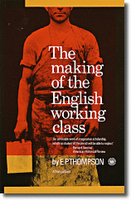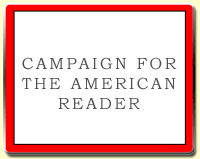 Two books on his list:
Two books on his list:The Black Dahlia and The Big Nowhere by James EllroyRead about the other 8 books on Kellerman's list.
Thirty years on, James Ellroy's early books remain fresh: he was writing about the monstrous psychopaths who later became familiarised as serial killers back when no else could even imagine people like that existed. (I'll take some partial credit here: my fourth novel, The Butcher's Theatre, covered the same grisly ground because my background in psychology led me to explore the darkest aspects of human behaviour. I set the book in Jerusalem, but there are some LA scenes. Butcher was written in 1985; Ellroy and I were hanging out regularly back then and I've come to realize that the gore level of Butcher may be related to some of our more "interesting" conversations.) Ellroy's first works — Brown's Requiem, Clandestine, Blood on the Moon and the other Lloyd Hopkins police procedurals — are great reads; The Black Dahlia and The Big Nowhere stand out to me as masterpieces. The first uses a famous unsolved true crime as a springboard for beautiful writing and the best type of social commentary — that which masquerades as entertainment. The second is, literally and figuratively, a bigger book, and is, in my opinion, Ellroy's magnum opus.
The Black Dahlia also appears on David Bowman's list of five great noir novels from the post-Chandler generations.
--Marshal Zeringue



































